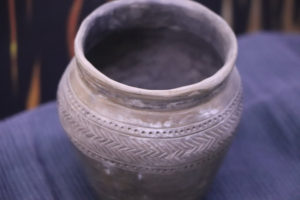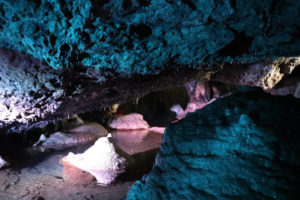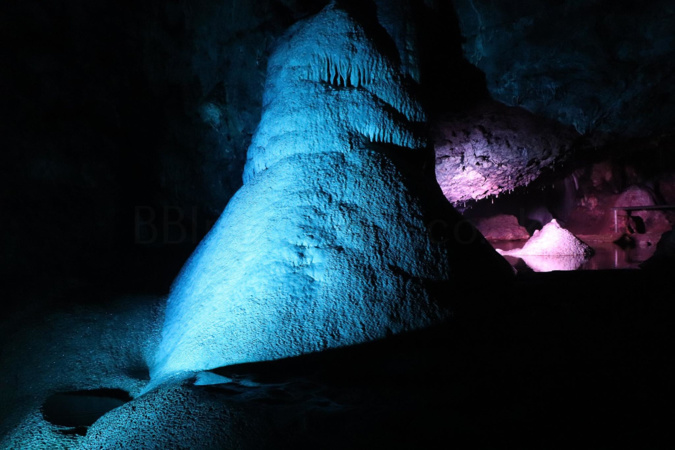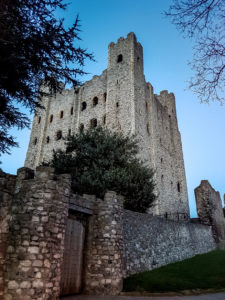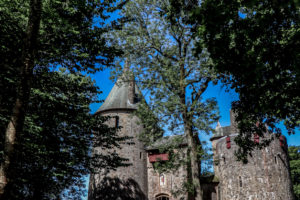Wookey Hole Caves – Fossils of a range of animals have been found including the Pleistocene lion, Cave hyena, and Badger. Wookey Hole was occupied by humans in the Iron Age, possibly around 250-300 BC, while nearby Hyena Cave was occupied by Stone Age hunters. Badger Hole and Rhinoceros Hole are two dry caves on the slopes above the Wookey ravine near the Wookey Hole resurgence and contain in situ cave sediments laid down during the Ice Age. Just outside the cave the foundations of a 1st-century hut have been identified. These had been built on during the Roman era up to the end of the 4th century.
